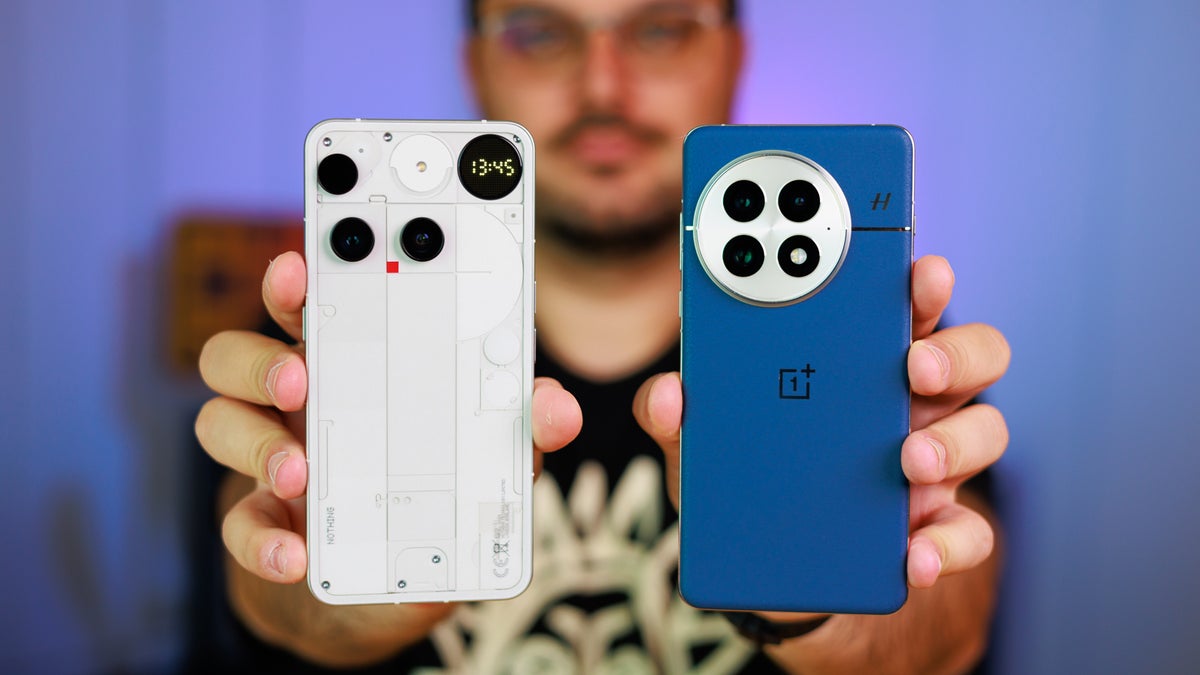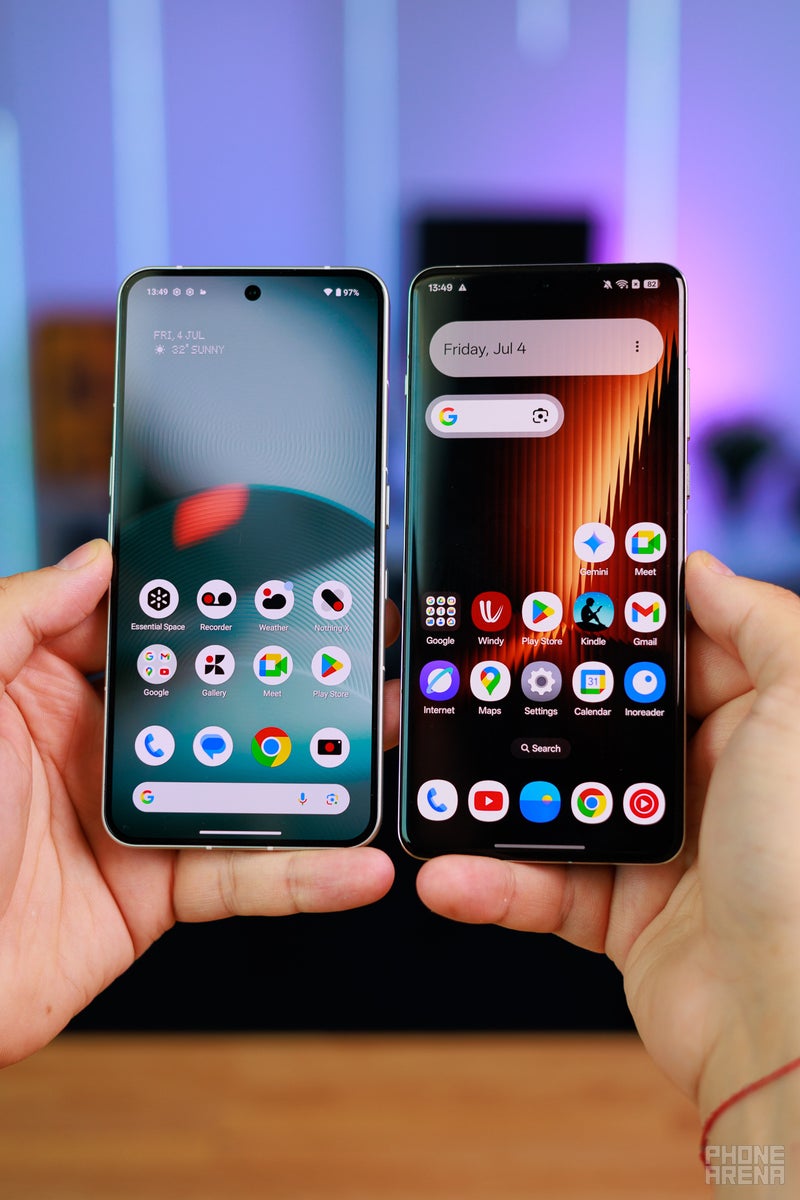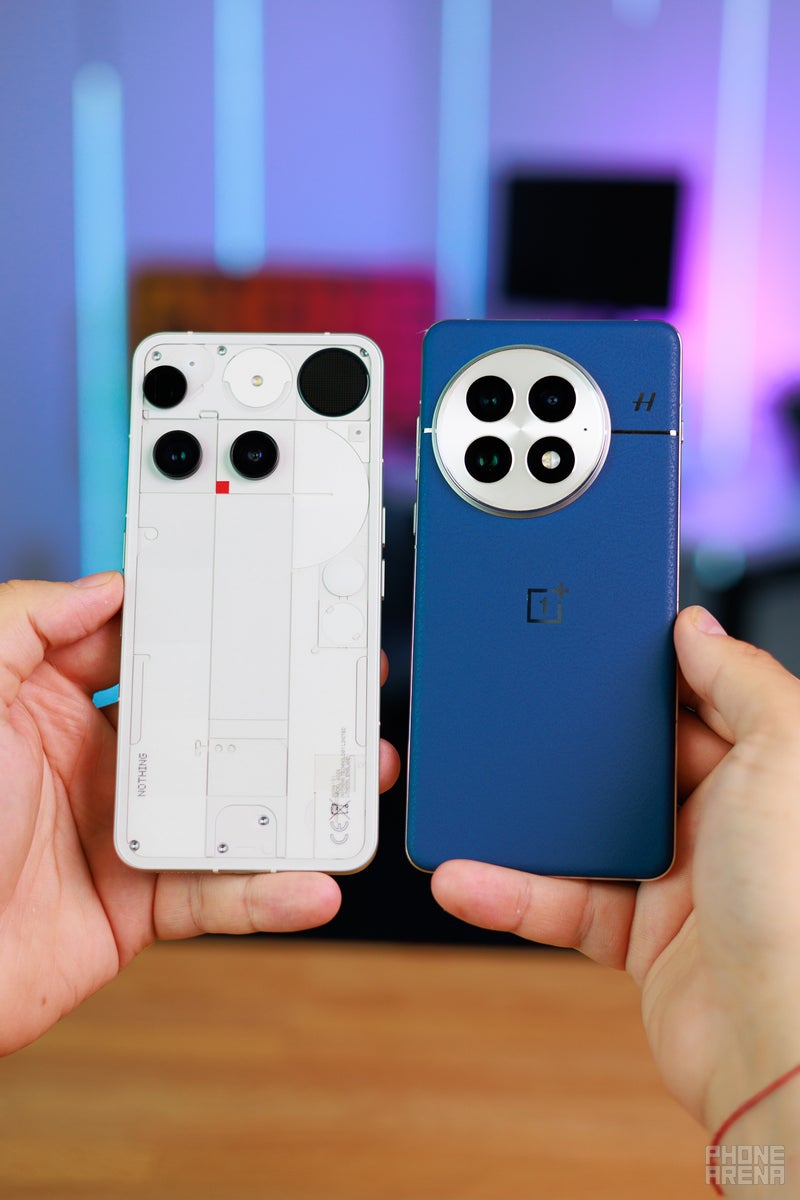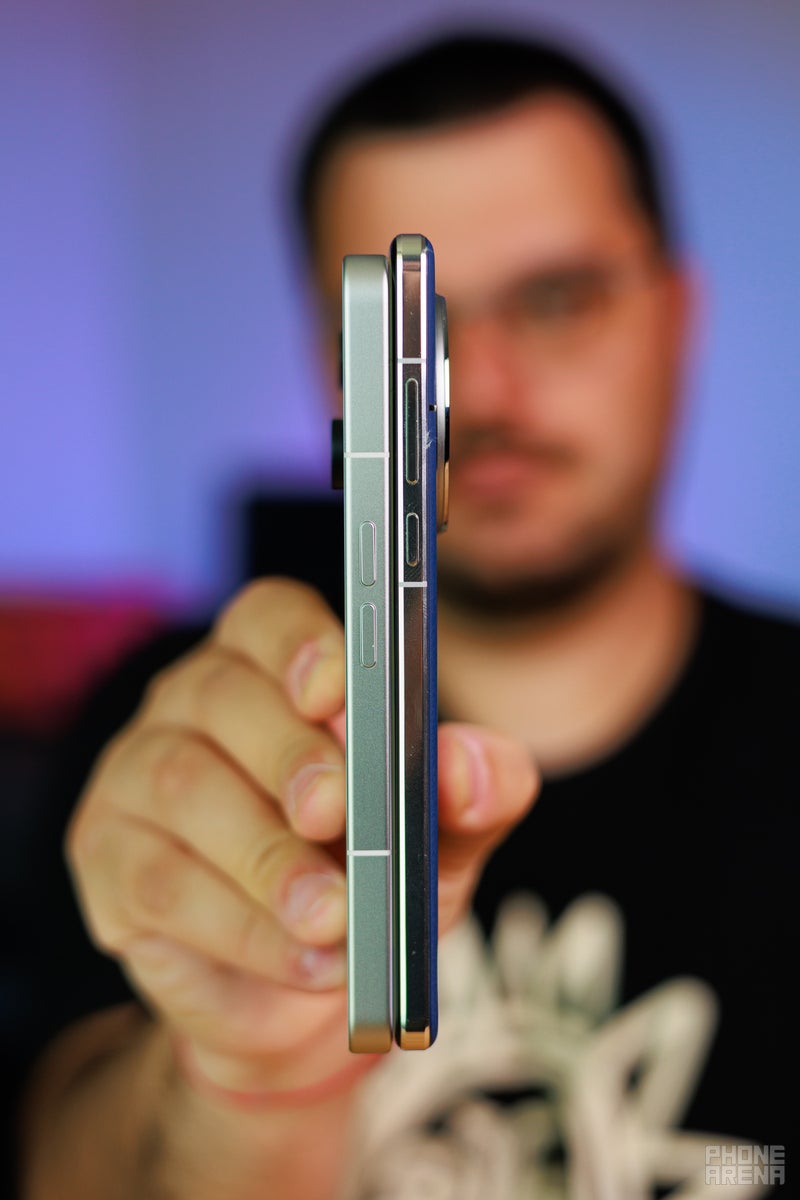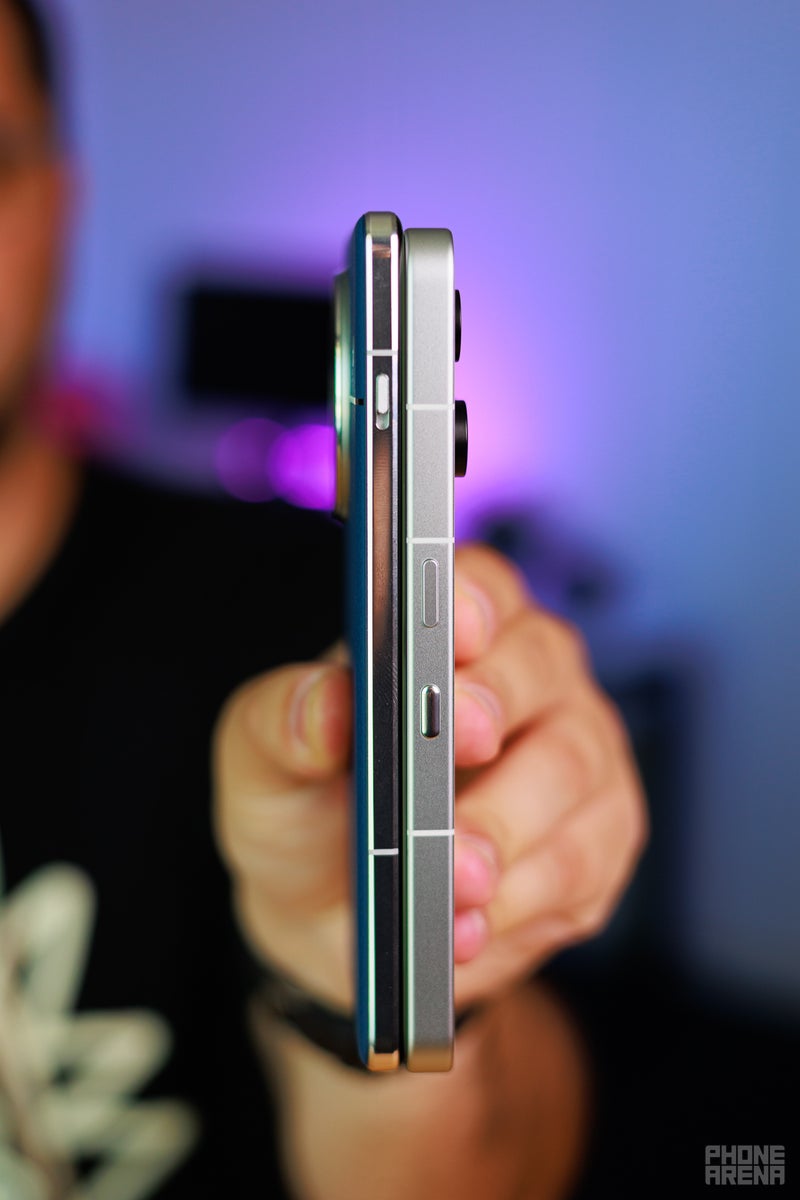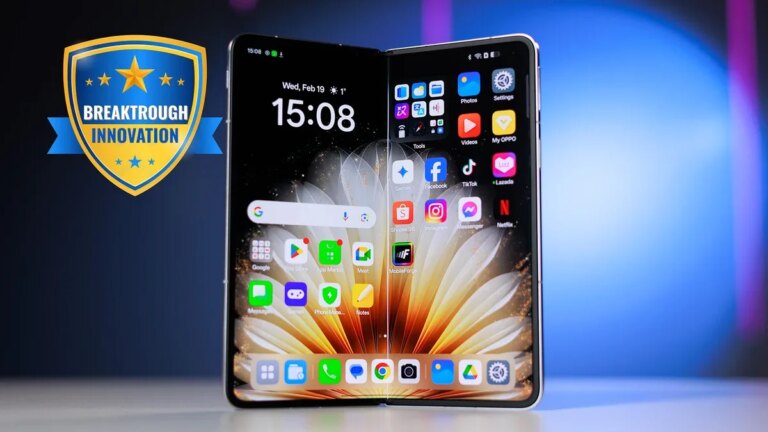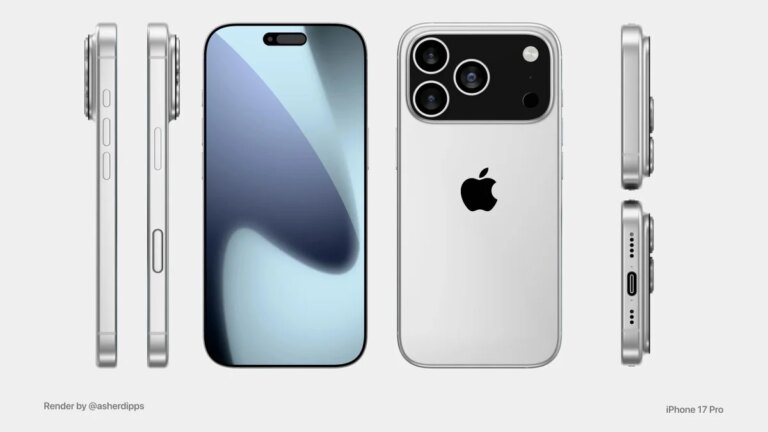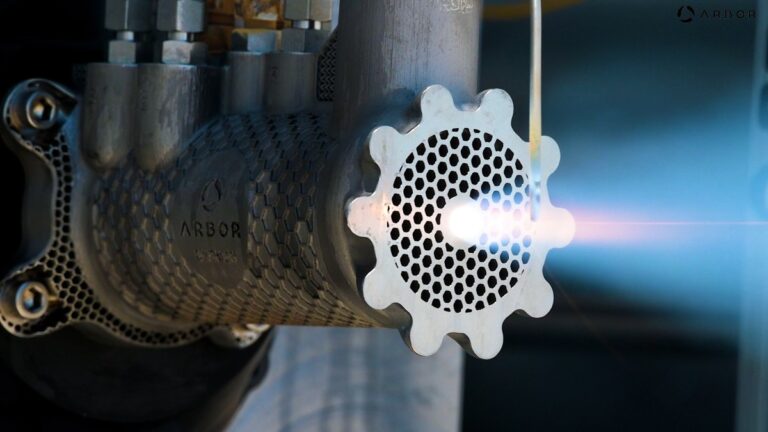Nothing Phone (3) vs OnePlus 13
Intro
But is design everything?
So, how does the cool new Nothing Phone (3) stack up against the absolute powerhouse that the OnePlus 13 is?
Nothing Phone (3) vs OnePlus 13 differences explained:
| Nothing Phone (3) | OnePlus 13 |
|---|---|
| Thicker and heavier, but narrower and shorter phone with a Gorilla Glass back | Thinner and lighter, but taller and wider phone with |
| Intriguing rear Glyph interface with notification light | A smart-looking phone with glass or faux leather back |
| Slightly smaller 6.7-inch OLED screen | Larger 6.8-inch OLED screen |
| Optical fingerprint sensor | Ultrasonic fingerprint scanner |
| Essential Key | Hardware mute switch |
| Snapdragon 8s Gen 4 chipset w/ 12GB/16GB RAM | Snapdragon 8 Ultra chip w/ 12GB RAM |
| 256 and 512GB UFS 4.0 storage | Also 256 and 512GB UFS 4.0 storage |
| Triple 50MP camera system, w/ 3.0X telephoto | Also a triple 50MP camera system with 3.0X telephoto |
| 50MP front camera | 32MP front camera |
| Up to 4K@60fps video recording | Up to 8K@30fps video recording |
| 5,150mAh SiC battery with 65W wired, 15W wireless charging | 6,000mAh SiC battery with 100W wired, 50W wireless charging |
Table of Contents:
Design and Display Quality
Quirky meets
The Nothing Phone (3) comes with a pretty distinct design language that counts on transparency to make for a head-turning impression. It marries a matte aluminum frame with a clear Gorilla Glass backplate, with various hardware components of the phone hinted. And yes, because of the transparent glass, you can get smudgy fingerprints here. The corners are slightly rounded, just like on the latest Galaxies, and the cameras are scattered as if your grandma threw beans on the carpet.
New here is the removal of the Glyph interface of old and Nothing’s decision to go with a round monochrome display in the top right at the rear of the phone. It can display different types of data, including your battery level and funny GIFs, and even alert you of incoming notifications. You can manually activate it by pressing a designated capacitive button on the rear of the phone when it’s lying face down.
I can’t really comprehend how we lost the glyph interface for that.
Meanwhile, the OnePlus 13 is a more traditional candybar phone, with an aluminum frame and standard glass back, although a faux leather version is also available. It doesn’t have anything particular that could turn heads, but then again, it doesn’t need to, as the OnePlus 13 is quietly brilliant in terms of its understated design.
| Phone1 | Phone2 |
|---|---|
| Thickness 9 mm |
Thickness 8.5 mm |
| Dimensions 160.6 x 75.6 mm |
Dimensions 162.9 x 76.5 mm |
| Weight 218 grams |
Weight 210 grams |
A key difference between the two phones is the durability. While the Nothing Phone boasts the standard IP68 water and dust resistance, the OnePlus 13 improves on that with an IP69 rating, which ensures protection against water jets and longer submersion in freshwater.
There’s an extra button here, called Essential Key, which is used to take a screenshot of your screen, record a voice note, or use AI to extract the key info and remind you about it in the future.
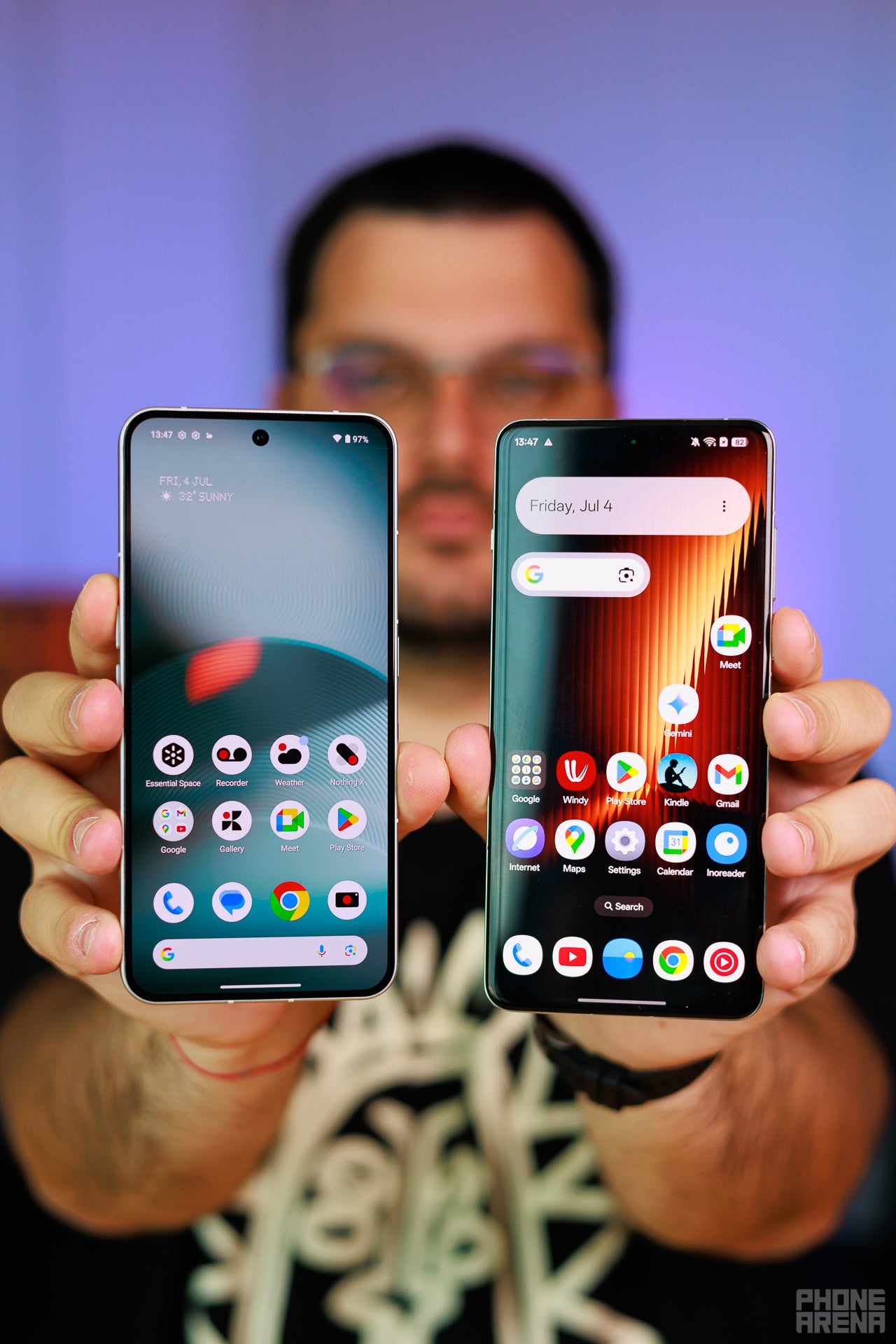
In terms of screens, we have a 6.7-inch screen on the Nothing Phone (3) and a slightly larger 6.8-inch display on the OnePlus 13. Both are OLED ones, so they deliver excellent contrast and lovely colors. Both also refresh at up to 120Hz for the smoothest experience.
However, as per our own in-house tests, the OnePlus 13 has a much better screen, with significantly higher peak brightness, better minimum brightness, and significantly better color accuracy.
Performance and Software
Hard to beat the Elite
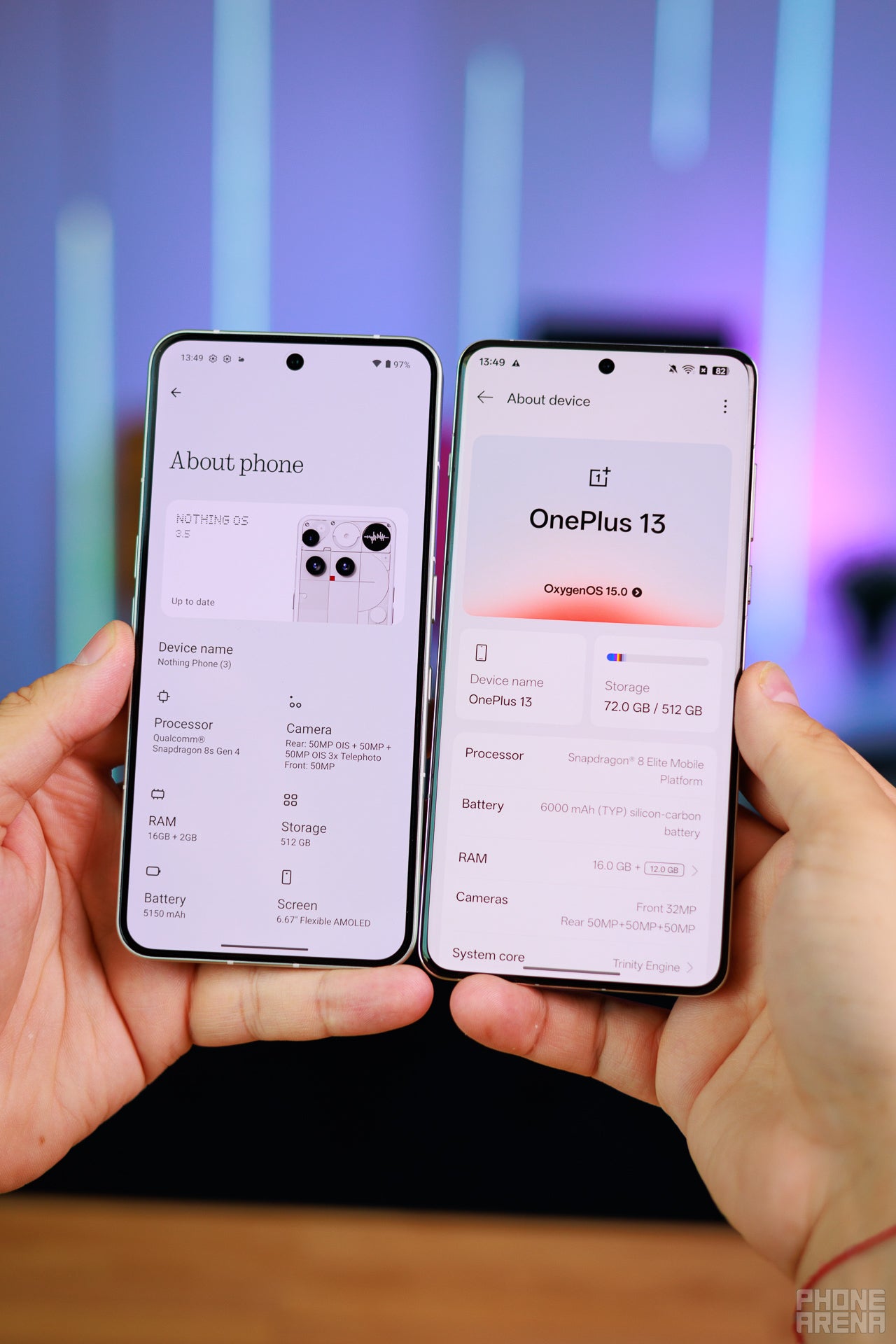
With the OnePlus 13, we get the Snapdragon 8 Elite chip, the fastest one around available to Android phones. A proper powerhouse, this one is the best performer with the best efficiency around. Meanwhile, the Nothing Phone (3) relies on the 4nm Snapdragon 8s Gen 4 chip, which is a more affordable chipset that’s a tier lower than proper flagship ones.
| Nothing Phone (3) | OnePlus 13 |
|---|---|
| Chip Qualcomm Snapdragon 8s Gen 4 |
Chip Qualcomm Snapdragon 8 Elite |
| Process 4nm |
Process 3nm |
| RAM, Storage 12/256GB 16/512GB UFS 4.0 storage |
RAM, Storage 12/256GB 16/512GB UFS 4.0 storage |
The Nothing Phone is available in two versions, an entry-level one with 12GB RAM and 256GB of storage and another more premium one with 16GB RAM and 512GB of storage. The same applies to the OnePlus 13, too.
But what’s the performance delta here, and is the Nothing Phone (3) too far behind? While in real life both feel very fast, synthetic benchmarks reveal a fuller picture.
CPU Performance Benchmarks:
Well, it appears that way. In our in-house Geekbench 6 benchmarks, the Nothing Phone (3) achieves significantly lower results than the OnePlus 13 in both the single- and multi-core tests, revealing its much humbler performance offering.
The same applies to the graphics-tasking 3DMark Extreme stress test, in which the OnePlus 13 sweeps the floor clean with its Nothing rival.
In terms of software support, things are more evened out. The OnePlus 13 gets four years of software support and six years of security updates, while the Nothing Phone (3) gets five years of major Android updates and seven years of security patches.
Camera
Even battle? Think again.
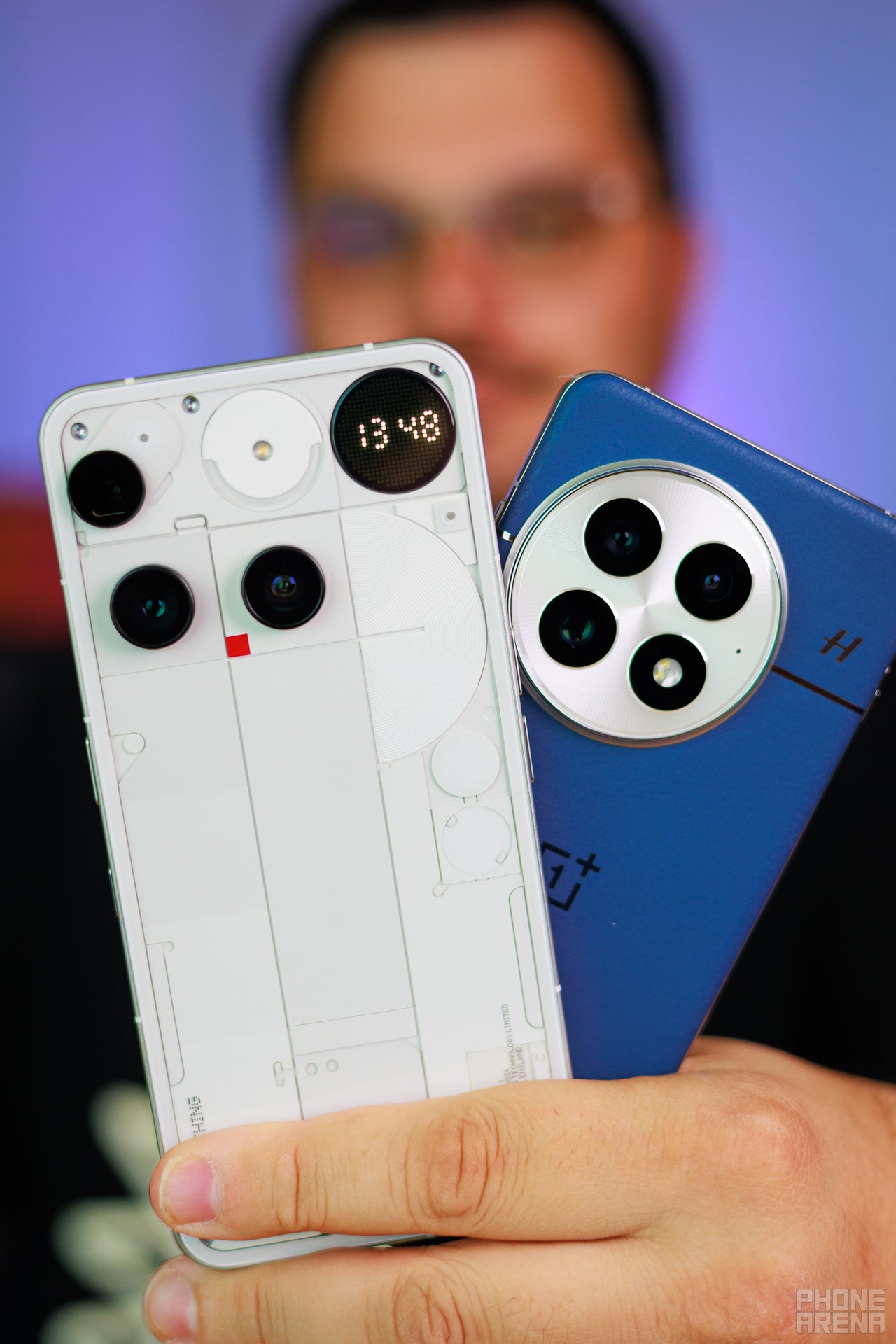
Both phones come with triple 50MP cameras at the rear, but this is where most similarities end. Spoiler alert, it’s the OnePlus 13 that performs better in terms of image quality despite the slightly smaller main camera sensors.
PhoneArena Camera Score:
In our dedicated camera test, the OnePlus trumps the Nothing Phone with a significantly higher result in both the still photo and video tests, with the advantage being all in the never-settling device’s court.
Main Camera
Zoom Quality
The same applies to zoom: the phone is just better in all zoom levels, delivering cleaner details and overall better photos.
Even portraits are significantly better with the OnePlus 13.
Ultra-wide Camera
Ultrawide shots are slightly better on the OnePlus 13, but the Nothing Phone 3 isn’t too far behind, it seems.
Selfies
The OnePlus 13 takes better selfies with livelier colors and more flattering facial features.
Video Quality

Videos are good on the Nothing Phone (3), but again, the OnePlus 13 beats it by a slight margin. For example, we see that dynamics are a little better on the OnePlus 13, and the colors are more balanced there as well.
Battery Life and Charging
Battle of the silicon-carbon batteries
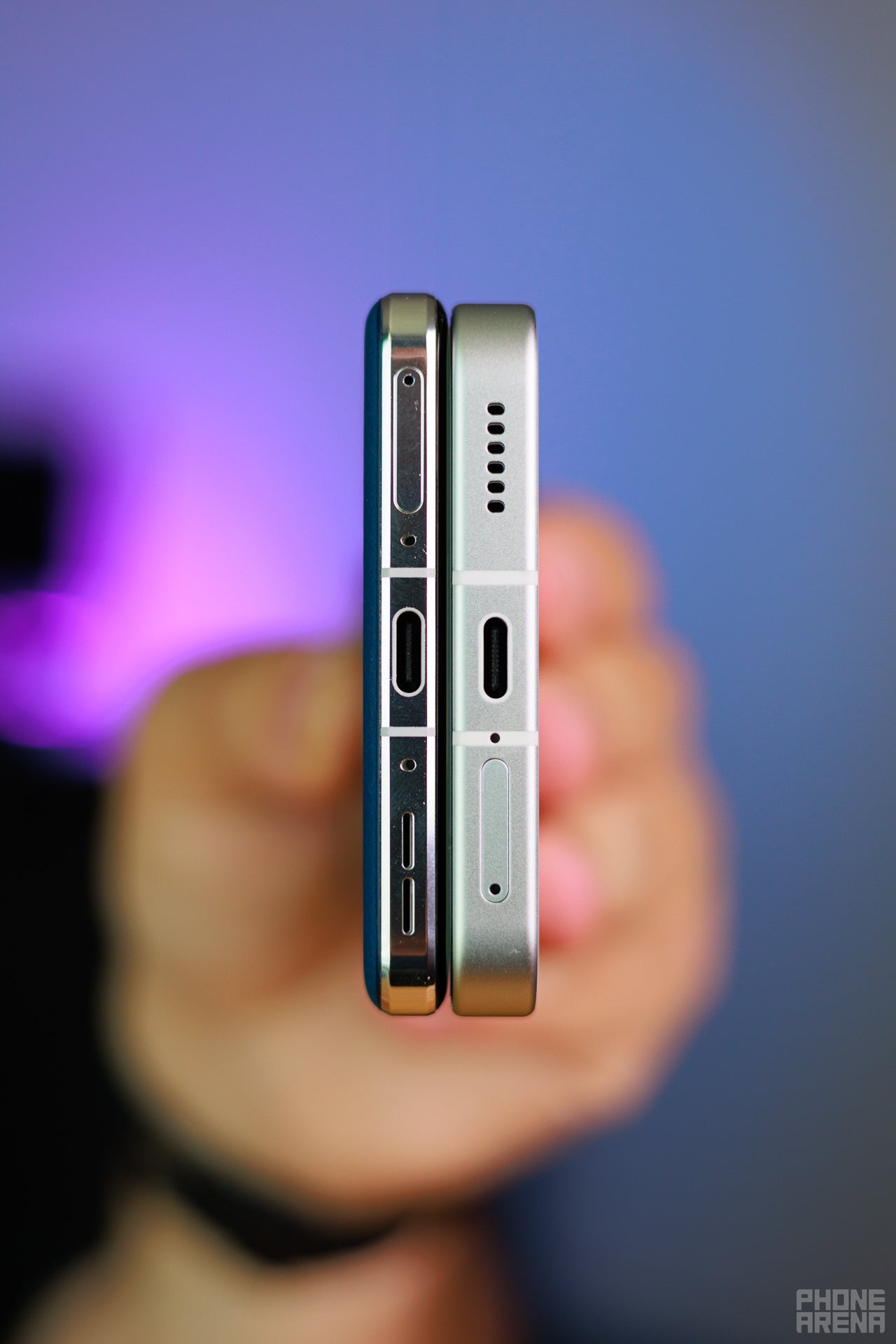
Okay, so the Nothing Phone (3) has so far failed to offer a decent challenge to the OnePlus 13, maybe things could get intriguing in terms of battery life?
PhoneArena Battery and Charging Test Results:
It’s our web browsing test that helps the OnePlus 13 achieve this windfall, with a result of 21 and a half hours, while the Nothing Phone disappoints with 14 and a half hours in the same test.
The latter, however, proves to be more efficient in our video streaming and 3D gaming tests, where it beats the OnePlus 13 by an hour in both tests. All of those were conducted with the screens set at 200 nits to ensure an equal playing field.
Overall, our battery life estimate for the OnePlus 13 is seven hours and a half, while the Nothing Phone (3) achieves just six hours and 45 minutes.
Audio Quality and Haptics
The Nothing Phone (3) fails to impress in terms of audio quality, too. While it does get loud, the mids are dominating here, making this one not particularly fit for enjoying music but talking heads videos, Instagram reels, and TikToks.
The OnePlus 13 isn’t much better itself either, but at least the bass is slightly more pronounced there and the highs are slightly more enjoyable.
Still, neither would wow even the greenest of audiophiles.
Haptics are pleasant on both phones.
Specs Comparison
| Nothing Phone (3) | OnePlus 13 |
|---|---|
| Size and Weight (160.6 x 75.6 x 9 mm) 218 g |
Size, weight 162.9 x 76.5 x 8.5 mm 210 gr |
| Screen 6.7-inch OLED 120 Hz |
Display 6.8-inch AMOLED 120 H |
| Processor Qualcomm Snapdragon 8s Gen 4 4 nm, 3.21 GHz |
Processor Qualcomm Snapdragon 8 Elite 3 nm, 4.47 GHz |
| Software Android 15 Nothing OS 3.5 |
Software Android 15 OxygenOS 15 |
| Cameras 50 MP wide, F1.7 50 MP ultra-wide, F2.2 50 MP 3x telephoto, F2.7 50 MP front |
Cameras: 50MP main 50MP ultra 50MP 3X zoom 32MP front |
| Battery Size 5,150 mAh Si-Carbon |
Battery Size 6,000 Si-Carbon |
| Charging Speeds 65 W wired 15 W wireless |
Charging Speeds 100 W wired 50 W wireless |
| Prices 12 GB / 256 GB – $799 16 GB / 512 GB – $899 |
Prices 12 GB / 256 GB – $829.99 16 GB / 512 GB – $929.99 |
Which one should you buy?
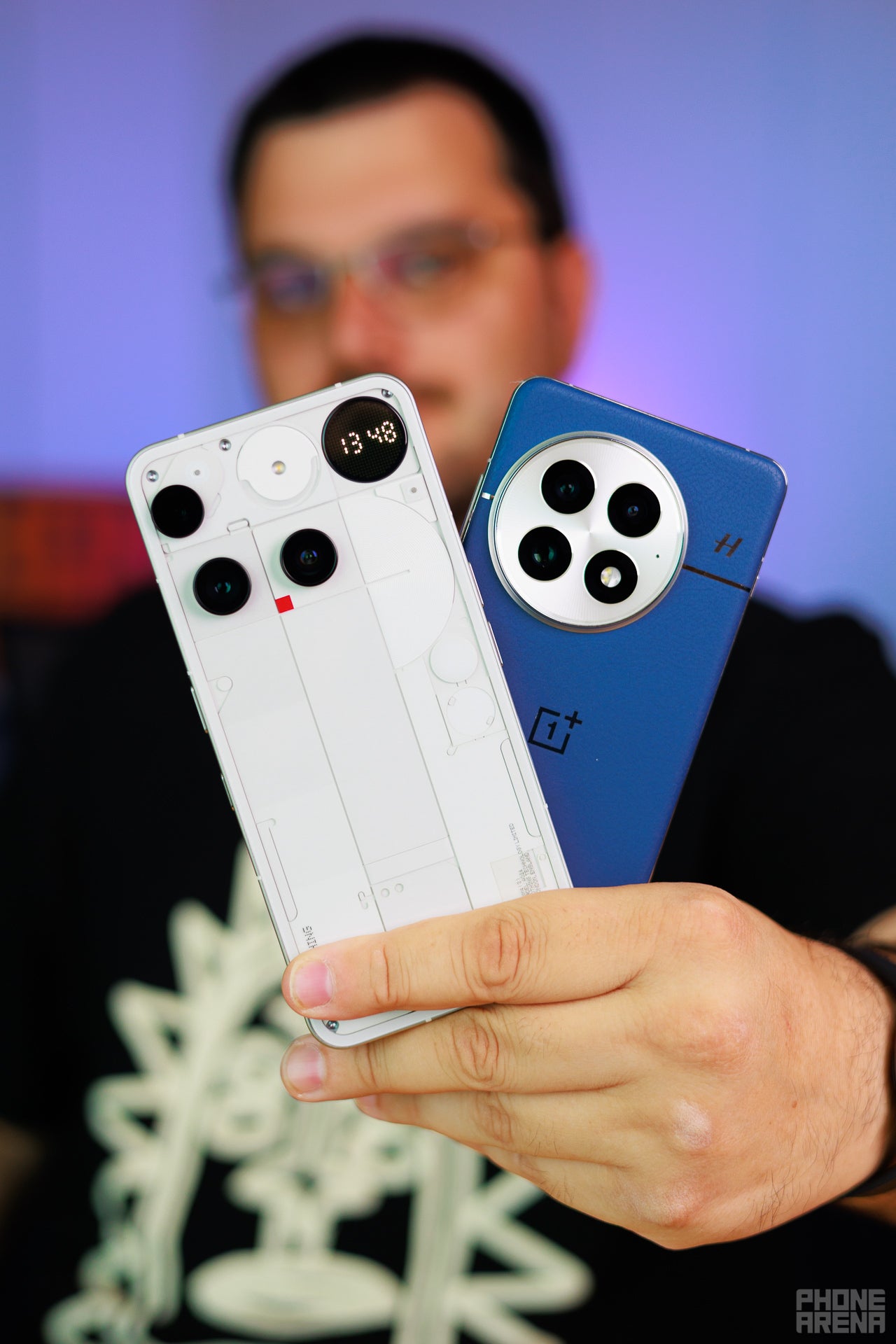
Okay, the OnePlus 13 might be slightly pricier, but it’s definitely a better phone in comparison with the Nothing Phone (3).
While the design language can be debatable, arguably a win could be given to the Nothing Phone (3) for the novelty of it, but in any other area it’s the OnePlus 13 that dominates.
Display quality, performance, overall battery life, camera image quality, and charging speeds are all simply better on the OnePlus 13, so the $30 difference in price is absolutely worth it.
At the same time, the Nothing Phone (3) is not a bad phone; it’s just not good enough to shift the paradigm right now.
